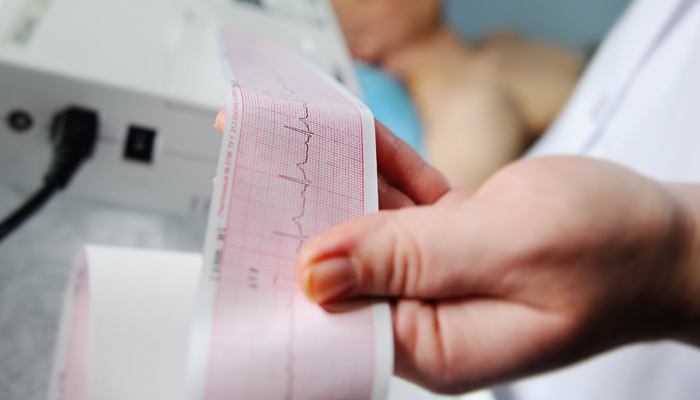
There are many ways to identify blocks in the coronary arteries but invasive coronary angiography is currently the gold standard.
Recently CT coronary angiography has come in vogue with the convenience of obviating the injection of the dye directly to the artery simplifying the procedure. But this technique is still a screening tool. If blockages are identified in CT angiography, again invasive coronary angiogram is required for accurately delineating the location and severity of blocks and to plan the treatment. Moreover in certain situations like heavy calcifications on the artery, CT angiogram cannot identify the blocks.
The procedure
Coronary angiography involves passing a thin tube or catheter in the arteries and injecting a radiopaque dye directly to the coronary arteries thereby enabling one to visualise them and identify accurately the location, severity etc. of the blocks. Traditionally coronary angiograms were used to perform by puncturing the artery in the groin. But this necessitates the patient to be at bed rest at least six hours to prevent bleeding from the site of puncture.
Radial route
Angiograms in most instances can be easily and conveniently done through the wrist, puncturing the radial artery. This approach is an extremely safe and simple procedure which obviates the need for bed rest. Patient can immediately walk after the procedure if he is otherwise well. Moreover in many cases the same day discharge after the procedure after several hours of observation is possible. Once blockages are found, angioplasty and stenting is performed in the same sitting through the same route, hence making it more convenient and fast.
Primary angioplasty – the life saving procedure
Angioplasty used to reopen a coronary artery when someone is having a heart attack is called primary angioplasty. It is the most preferred treatment after a heart attack, but best results are achieved if it can be done very soon after the symptoms start. We are also one of the few centres in private healthcare in Omanoffering primary angioplasty. Basically, heart attack happens when the artery facilitating blood supply to theheart muscle is blocked and this causes death to a segment of heart muscle due to loss of blood supply. The patient on whom the primary angioplasty is performed can leave the hospital in the next two days.
Time is important
Time plays a crucial role. After a heart attack if the blockage isn’t treated quickly, the portion of heart muscle fed by the artery begins to die. Healthy heart tissue is replaced with scar tissue. This heart damage may not be obvious but it may cause severe or long-lasting problems. Within 90 minutes of showing any symptom of heart attack the patient should reach a hospital. A delay can diminish chances of saving a precious life.
Identify the symptoms
Pressure, tightness, pain, or a squeezing or aching sensation in your chest or arms that may spread to your neck, jaw or back, nausea, heartburn, abdominal pain, shortness of breath, cold sweat can be an indication of heart attack. At times it may mimic ‘gas’; but if it persists and in doubt, always seek medical attention.
A dip in the past
Morphine and bed rest were the two pillars to rescue a person who had a heart attack in the 1960s. By 1970s administering Aspirin and clot lysing injection have become the mainstay in the treatment of a heart attack. Now the motto is “time is muscle” and primary angioplasty ensures better results. Gone are the days where the result of heart attack was invariably connected to death and today the slogan is that a life can be saved if he or she is brought to medical care as soon as the symptoms of heart attack are
shown.
We routinely do primary angioplasties and also receive patients referred from other hospitals. Ministry of Health and Cardiology Divisions of both Royal Hospital and SQUH always give us all necessary support and guidance in this regard. Services of the cardiology team are available round the clock to handle any cardiac emergencies.
About Dr. Benny Panakkal
Dr. Benny Panakkal, senior consultant in interventional cardiology and group medical director of Badr Al Samaa Group of Hospitals, is a name to be reckoned with in the domain of cardiology in private healthcare sector of Oman. He has treated millions of cardiac patients and has performed thousands of interventional procedures till now. His specialty and core area of interest are radial route interventions, primary angioplasties and preventive cardiology.